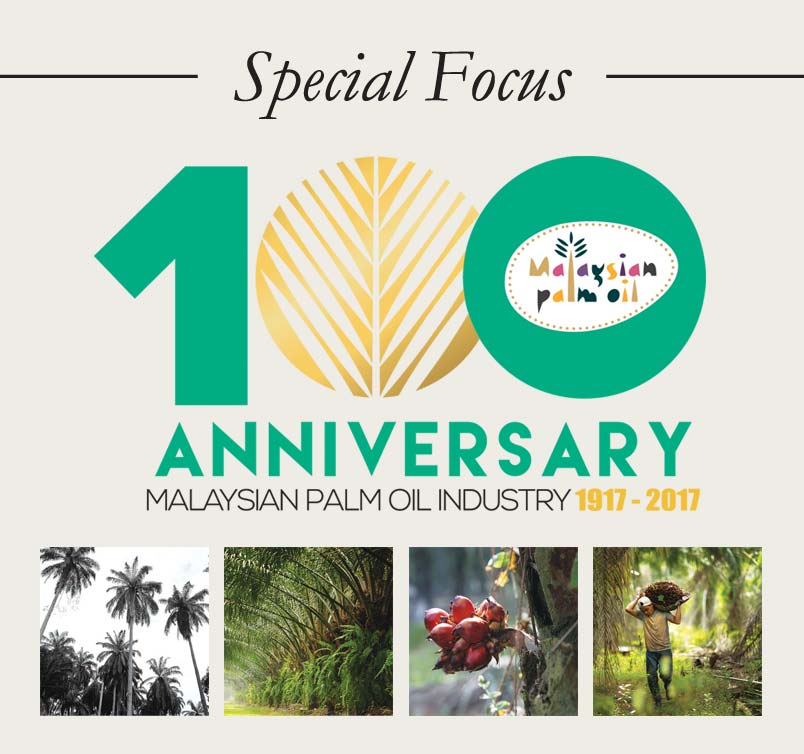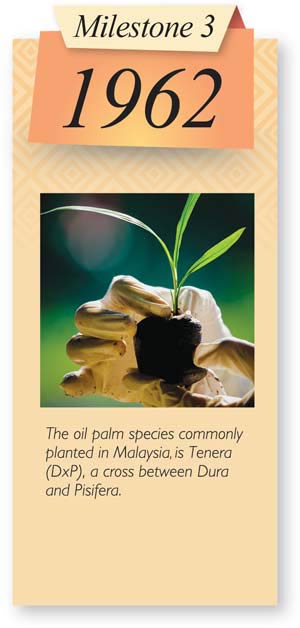




The formation of the Oil Palm Genetics Laboratory consortium set the stage for Malaysia to become a global R&D centre.
Research has been an integral part of the development of the oil palm industry in Malaysia. In the early period it was driven mainly by foreign-owned plantations and the Department of Agriculture (DoA). In the early years, the focus was on breeding, processing and oil palm productivity, with significant progress being achieved before World War II. The tempo was then stepped up, stimulated by falling commodity prices and escalating production costs. Between the 1950s and 1960s, plantation group Socfin invested significantly in research, resulting in its estates becoming among the most efficient in the country. Guthrie and Harrisons & Crosfield also opened a new research station in Seremban and Banting respectively.
When the DoA initiated an exchange programme with West African economies in the 1960s, Guthrie, Harrison & Crosfield and others came together to form the Oil Palm Genetics Laboratory consortium in 1962, to carry out joint research into oil palm breeding, genetics and crop physiology. The investment brought about spectacular results in pest management, fertiliser utilisation, improved planting materials, labour productivity, processing efficiency and oil quality.
The research expanded when the Malaysian Agricultural Research and Development Institute was established in 1969, taking over the mandate for oil palm research from the DoA. This was accelerated by the establishment of Universiti Pertanian Malaysia in 1973, the Palm Oil Research Institute of Malaysia (PORIM) in 1979 and the Malaysian Palm Oil Board – a merger of PORIM and the Palm Oil Registration and Licensing Authority – in 1998.
Through the work of these institutions and private entities, Malaysia became a global R&D centre for oil palm research, particularly in the fields of agronomy, disease management, good agricultural practices, genome, biodiesel, utilisation of palm biomass, food and non-food applications and sustainability standards.